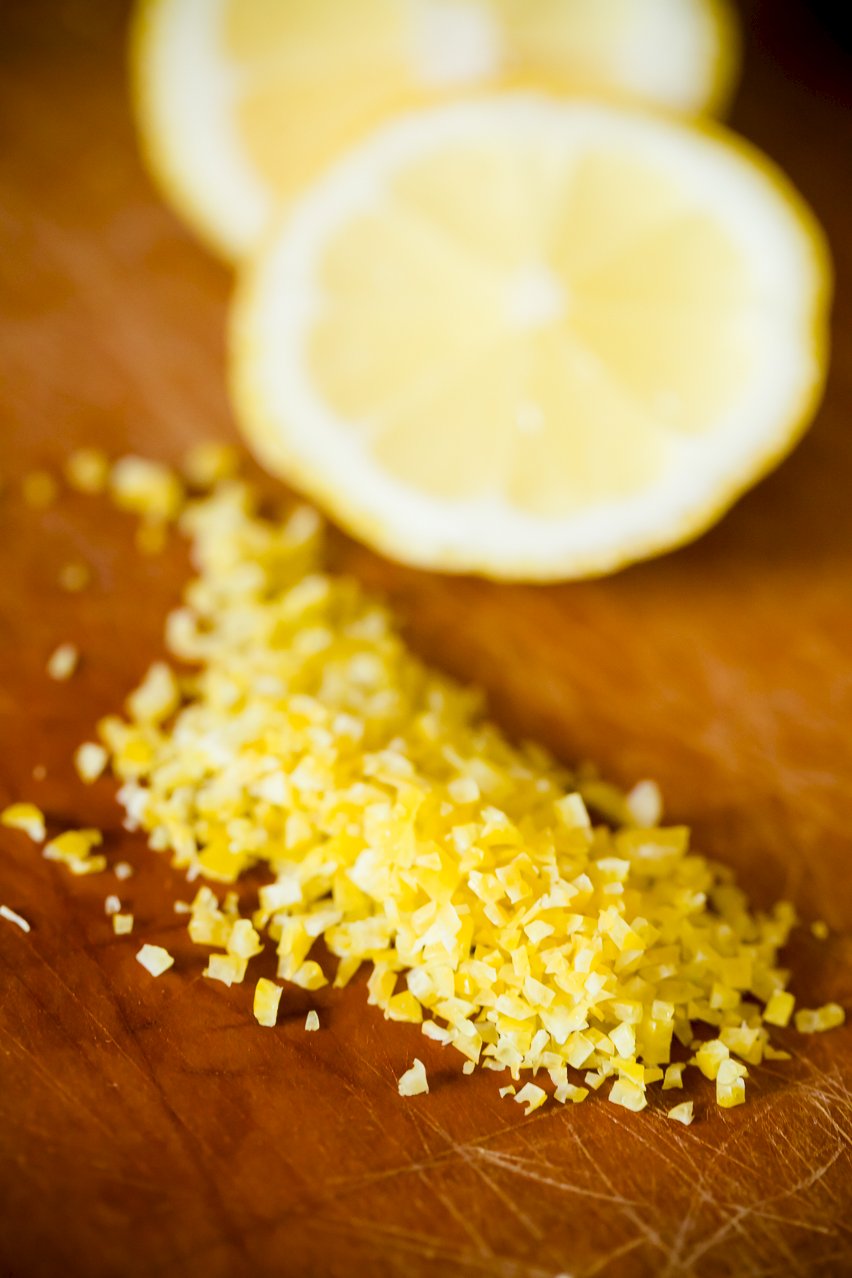
A citrus zester is the most obvious tool to use when you are looking to zest a lemon or lime. The links below may contain affiliate links. There are three main tools you could use to zest a lemon, and one you likely already have on hand if you don't want to add any new tools to your kitchen collection.
One of the quickest and easiest ways you can add a TON of flavor to recipes is by adding a bit of fresh lemon zest.Cocktails and beverages with citrus ingredients can be garnished using a lemon or lime twist. This one is a little tricky, but easy to get once you've done it a few times. I've also heard of people using vegetable peelers, but I'm guessing you need a very fancy and. From using a microplane or citrus zester, to grating it with a cheese grater, it’s so easy to get fresh lemon zest to add a ton of flavor to your favorite recipes!How to Zest a Lemon Step 1: Weapons of Choice. This soft, white layer is extremely bitter, so it’s important to avoid it when you’re zesting.Learn How to Zest a Lemon five different ways using kitchen tools and utensils you already have on hand. Separating the zest from the fruit is a white layer known as the pith.
How to Preserve lemon peel. You can use a microplane, zester, or vegetable peeler. While zesting, be sure to avoid the white bitter layer separating the colorful zest and the fruit.
Dry the lemons thoroughly before zesting.Alternatively, you can buy organic citrus which are either not covered in wax at all or have an organic beeswax coating. Immediately scrub lemons with a vegetable brush to remove the wax coating. Bring a large pot of water to a boil and pour hot water over lemons in a colander. Avoid the white part, or pith, directly underneath the peel as this is quite bitter.Most non-organic lemons contain a wax coating on the exterior of the fruit to preserve it and keep it looking fresh.While the wax coating is technically safe to eat, you may still opt to de-wax them before zesting. Most of the grated zest will stay on the plastic wrap, making it easier to collect, gather, and add to your dish.But let me reassure you… you can zest a lemon even if you don’t have a citrus zester on hand!In fact, I’m going to show you five different ways you can zest, grate, and peel a lemon with kitchen tools you have on hand.And once you’ve mastered these techniques, you can use them to zest limes and oranges.Lemon zest is a recipe ingredient that consists of the colorful, yellow outer layer of the fruit and is obtained by scraping or cutting with a knife.It is extremely flavorful and adds a burst of freshness to your favorite dishes.Unlike the juice of lemons, the zest contains essential oils, more flavor, and is not nearly as acidic or tart.When zesting lemons, limes, or oranges, you want to make sure and only remove the brightly colored flesh of the peel. Then, rub the lemon against the plastic-covered grating teeth.
Pay close attention to the placement of your fingers. Move the lemon back and forth over the grates of the microplane, rotating as you go. Hold the lemon in one hand and the microplane in the other.
Move it back and forth, paying close attention to the placement of your fingers. Place the lemon on the side of the cheese grater that has the smallest holes. Repeat this process until the entire lemon peel is removed and only the pith remains.A boxed cheese grater is a secret weapon that most home cooks already have in their cabinet.Make sure you use one that has the small holes for grating cheese, and not the larger holes for shredded cheese. Push slightly into the fruit and pull down to the other end. Place the fine, sharp-edged holes on one end of the citrus, following the curvature of the fruit. Continue zesting the lemon until the yellow peel is removed.The next method for zesting lemons is to use a citrus zester.Using this tool will give you longer strands of peel versus the smaller pieces produced by a microplane.
Finely chop the lemon peel to make lemon zest.Much like the vegetable peeler method, using a knife is a bit more technique sensitive.But the best part? Everyone has a knife on hand!It’s easiest to use a paring knife when peeling citrus. Repeat this process until the entire peel is removed and only the pith remains. You do not want to remove as little of the white part as possible. Pull down to the other end, paying close attention not to cut into the fruit too deep. Place the sharp edges of the peel on one end of the citrus and push slightly into the fruit.




 0 kommentar(er)
0 kommentar(er)
